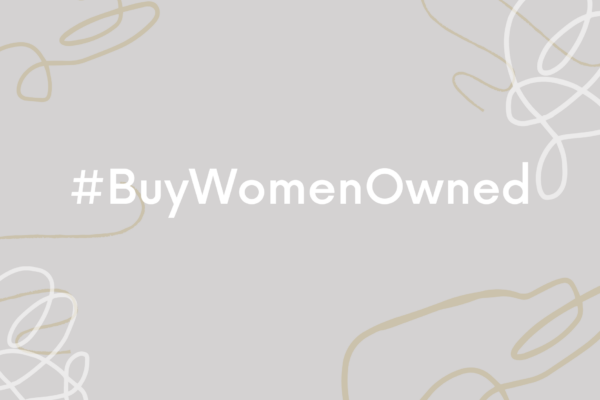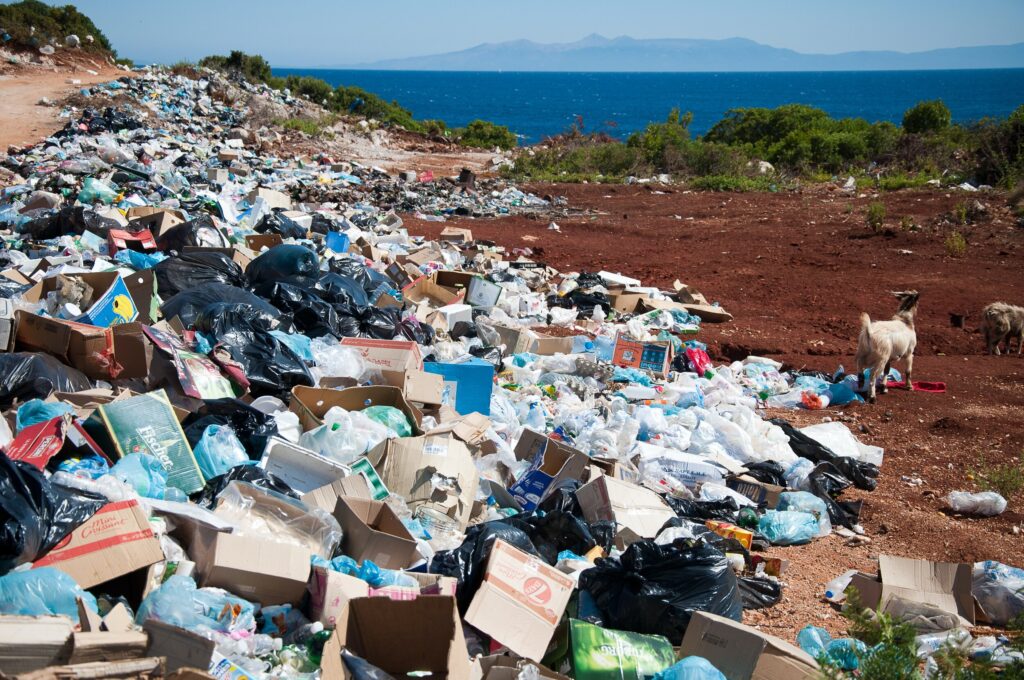Blog contributed by Matt Beezley.
At the risk of stating the obvious: Plastic sucks.
Like, really, truly sucks.
I wrote those two sentences above before typing into Google, “Why plastic sucks.” The first article that popped up? “Ten reasons why plastic sucks,” dated 2009.
Things haven’t gotten any better in the more than 10 years since that article was published. According to Plastic Oceans, humans produce more than 300 million tons of plastic every year, half of which are single-use. Eight million tons of plastic are dumped into our oceans annually. It is very much a rampant disease. But it’s a cheap disease, they say. It doesn’t affect us, we’re just the carriers, they say. This is just the way it is, they say. So we continue to make more of it and ignore the glaringly obvious problems it creates for us and for the only planet we have.
The COVID-19 pandemic has accelerated its onset. While Earth is finally, mercifully granted a reprieve from human pollution, it will come at great cost. We’re creating and wasting even more plastic. Cities are rethinking their bans on plastic bags, toilet paper and hand sanitizer sales are on the rise, curbside recycling has been canceled in some cities.
Now, I understand the need for plastic in a crisis like COVID-19. Medical equipment needs to stay sanitized before use. Restaurants need creative ways to stay open through to-go orders with plastic packaging. Hand sanitizer and toilet paper are obviously a must.
But more than ever, the pandemic is highlighting a simple and obvious fact: We consume more plastic than ever before and have no place to put it. A 2018 study found that only 9 percent of plastic is recycled. For someone who has been actively recycling for years—and who is dating a person who makes every effort to live a plastic-free lifestyle—that statistic is more than disheartening; it’s a real kick in the stomach.
There’s never been a clearer use case for sustainable packaging than right now.
My personal crusade against plastic is relatively new. I’ve always hated it but never felt like I could do anything about it other than recycle what I can. But there are others out there who have made it their life’s work to find an alternative solution. Those are the companies and people I want to work with and the stories I want to tell.
One of the more noteworthy potential battlegrounds in the war on plastic—a war in which I now count myself a dedicated, albeit newly enlisted, combatant—is the burgeoning cannabis industry.
The cannabis industry is young. It’s not set in its ways like the vast majority of other markets and industries. Many of the industry’s stakeholders—investors, cultivators, dispensaries, consumers and others—are eco-conscious and want the industry to be the same. That’s why there are a litany of companies—Sana Packaging, the Hemp Plastic Company, and Sungrown Packaging, to name a few—making it their mission and model to push sustainable packaging into the mainstream. Many are also reclaiming plastic from oceans to reuse in their packaging products.
It should come as no surprise that the cannabis industry could become a leading advocate for alternative packaging because an ideal source of alternative packaging is hemp, the non-mind-altering variation of the traditional cannabis sativa plant species. Hemp was first used for fiber in China as early as 2800 BC, according to Encyclopedia Britannica, and has a variety of uses: clothing and textiles, plastic composites, construction materials, biofuel and more.
Yes, there are hurdles. A recent article from Boulder Weekly outlined them in detail. Chiefest among them is the inability for existing facilities in the U.S. to compost or recycle hemp plastic. Hemp-based packaging is often combined with plasticizers in varying degrees to give it rigidity, and the resulting combination means that such products aren’t truly biodegradable.
To me, that’s a market opportunity, not an impossible barrier to entry. If we ever hope to win the war against plastic, saying, “It can’t be done with what we have,” isn’t an excuse. To put ourselves in a position to win, we need help in driving changes in legislation and infrastructure, and developing new technologies that can enhance sustainability. Nothing and no one can do that as well as the consumer, the average person in aggregate who demands change with their voices and with their wallets. And to get there, we have to make them aware of the problem and of the brands already out there doing something about it. That first and foremost requires thoughtful, sustained and impactful communications campaigns that can reach people en masse and ultimately convince them to join the fight.





